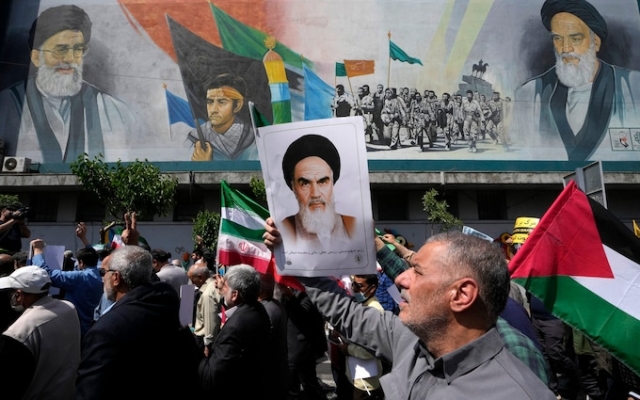 Economic and political mismanagement have held Iran back for years. Photo: Vahid Salemi/Vahid Salemi
Economic and political mismanagement have held Iran back for years. Photo: Vahid Salemi/Vahid Salemi
Inflation in Iran drives up cost of living in UK The crisis is like a picnic.
Price increases have been in double digits for almost six years and averaged 35.8% in February.
Over the past two years under President Ebrahim Raisi, the price of lamb has increased by 269 percent. Prices of chicken, onions and sugar cubes increased by 200%, 185% and 147% respectively. The cost of the base car increased by 144 percent.
“It was terrible,” says Ali Ansari, founding director of the Institute of Iranian Studies at the University of St. Andrews.
Iran is helping to escalate tensions in the Middle East through its proxies Hamas, Hezbollah and the Houthis, and last week sent a barrage of more than 300 drones and missiles towards Israel. Since then, a huge billboard has appeared in a Tehran square depicting dozens of Iranian missiles and claiming that Israel is «weaker than a spider's web.»
Despite attacks on Israel, Iran's aggression faces a breaking point. Photo: ABEDIN TAHERKENAREH/EPA-EFE/Shutterstock
But the aggression of the Islamic Republic only goes so far. The attack on Israel was known to everyone in advance, meaning that almost all the missiles were shot down.
Israel's retaliatory attack on Iran on Friday was quickly downplayed by the Iranian state. Markets seem so convinced that further serious escalation is unlikely that the price of Brent crude has fallen almost 5% since early April.
Experts also believe that another mutual strike has ended and shares have risen. on Monday as investors breathed a sigh of relief. However, seasoned observers of the Iranian economy are unlikely to be surprised by the country's apparent slowdown.
There appears to be support behind all of Iran's statements. Iran cannot afford a full-scale war because its economy is on its knees.
«Iran is broke,» says Simon Mabon, director of Lancaster University's Sectarianism, Proxy and Dissectarianization Project (SEPAD). The country has been hit by more than a decade of sanctions that have crippled oil exports and wiped out much of Iran's middle class wealth. Corruption is at record levels, unemployment is high, government debt has increased, business investment is lacking, and social unrest simmers steadily beneath the surface.
The escalation of the conflict in the Middle East is only making the situation worse. The Iranian rial fell to a record low against the dollar last week.
“We are on the brink of an economic crisis in Iran,” says Mansour Anbarmu, a lecturer at the Islamic Azad University in Tehran.< /p>Sanctions
Iran was once a prosperous country. In the years since the 1979 revolution, a large, well-educated, cosmopolitan middle class has emerged. Now sanctions and high inflation mean much of that wealth has been wiped out.
The World Bank estimates that 9.5 million Iranians fell into poverty in the decade leading up to 2020. More than a quarter (28.1%) lived on less than $6.85 a day (in 2017 money), a record high. Another 40% are at risk of becoming poor.
“Iran is facing a very serious cost of living crisis,” says Esfandyar Batmanghelidj, chief executive of Bourse & Bazaar Foundation. “This has contributed greatly to the frustration and breakdown of relations between Iranian society and the state.”
Homelessness is a growing problem. “Previously, only men were seen as cardboard sleepers on the streets of Iran. In recent years, these have also been women and children,” says Anabarmu.
“The economic prospects for me as an Iranian citizen are very bleak. There is no government plan to solve these problems.”
The West imposed various sanctions on Iran after the 1979 revolution. In 2010, the US took action against Iranian banks in response to warnings about Iran's nuclear program. Then in 2012, the EU banned oil imports from the country.
In the four years from 2012 to 2015, economist Morteza Gomi estimates that Western sanctions reduced Iran's GDP by 19.1%, compared with its growth trajectory if there wouldn't be any. on site.
In 2015 there was a reprieve. The EU and the US lifted sanctions in exchange for a nuclear agreement — the Joint Comprehensive Plan of Action (JCPOA). It also lifted a freeze on $100bn (£81bn) of frozen foreign assets. Iran's GDP grew by 8.8% in 2016.
But it will take a long time to reverse the effects of the sanctions.
“Around that time, I had graduate students from Iran who were indeed faced with difficulties. These were wealthy students who could study abroad. But they had to change jobs to continue working,” says Mabon.
A new hammer blow was struck in 2018. Then-President Donald Trump withdrew from the JCPOA and announced a policy of “maximum economic pressure” on Iran. He reimposed sanctions that have been in effect ever since.
“Living in Tehran, we saw the number of businesses that people started after the nuclear deal was signed — from shops to export businesses — almost all closed over the next few years. There was a period of great optimism, and then a cold wind blew in,” says Rob Macaire, former ambassador to Iran from 2018 to 2021.
The multiple blows from sanctions also triggered runaway inflation.< /p>
Oil exports have fallen sharply, with revenues falling from 16% of GDP in 2011 to just 7% in 2020, according to the International Monetary Fund. This blew a hole in government finances. In December 2023, government debt as a share of GDP was nearly triple what it was in 2008, according to Capital Economics. To fill the gap, the government actually began printing money, says Batmanghelidj.
Iran has also been unable to import vital parts needed for its manufacturing sector, triggering a supply shock. At the same time, the exchange rate fell, which led to an increase in the cost of imported goods.
According to Oxford Economics, in February 2011 the rial was worth 10,894 to the dollar. By February of this year, the exchange rate was 560,599 — less than a fiftieth the value it was 13 years ago, before the wave of sanctions began.
More recent data from Bonbast shows that the currency has fallen further in recent months in response to the escalating conflict with Israel. Last week, following the Iranian missile attacks, it fell to a new record low against the dollar of $705,000.
On a per capita basis, real GDP contracted by 0.6% each year from 2011 to 2020. over this period, according to the World Bank.
Real wages fell in all sectors between 2017 and 2020. In the extractive industries (namely oil and gas), health care and education, real incomes fell by 26% and 22%, respectively.
“The country's middle class was devastated. . This destroyed people's savings. Since then they haven't had the money to rebuild the economy,” says Mabon.
Iran is classified as an upper-middle-income country, but in rural areas only 1% of households have access to modern sewage systems. according to the World Bank. Only half have access to the Internet.
The pandemic has worsened the impact of sanctions. Iran was hit early by Covid and had the highest death rate in the Middle East. By February 2023, Iran's cumulative Covid death rate was 1,635 per million people, almost double the global average.
Policy mismanagement
After Covid, however, the Iranian economy began to look better. According to the World Bank, GDP grew by 3.8% in 2022.
Increased demand from post-coronavirus China, higher oil prices and less stringent sanctions under Biden have boosted oil exports. Iranian oil production averaged 3.2 million barrels per day in March, up from a low of 1.9 million barrels in 2020, according to Goldman Sachs.
Biden did not lift economic sanctions, but put on the table a clear offer to do so in exchange for Iran's compliance with nuclear requirements, Macaire says. “Apparently there was an understanding that Iran would retreat slightly from its nuclear program in exchange for acquiescence to increased oil exports.”
But the damage from sanctions was far greater than just oil, and the problems were compounded by massive political mismanagement.
“The real problem with the Iranian economy is that it is completely opaque. There is very little accountability and certainly no transparency,” says Ansari.
“The economy is essentially run by a group of unaccountable religious foundations that have no connection to the regular government.”
Foreign companies cannot invest because they are unable to view company accounts, he adds. “Nobody in Iran is investing in Iran.”
The economy was managed quite well under President Akbar Rafsanjani, who ruled from 1989 to 1997, and Mohammad Khatami, who served until 2005, Ansari said. But the situation changed under President Mahmoud Ahmadinejad, who ruled the country from 2005 to 2013.
“Ahmadinejad was the one who transferred a lot of assets from the conventional government to more revolutionary authorities between 2005 and 2013. The country never recovered from this,” says Ansari.
Ahmadinejad abolished his power. organizations that audited the economy and transferred many assets and financial legal powers to Supreme Leader Ali Khamenei and the Islamic Revolutionary Guards (IRGC). It is estimated that today about 40% of Iran's economy is actually under the control of the IRGC in one form or another.
According to Ansari, this opacity was a major obstacle to international investment even during the JCPOA years. Although sanctions were lifted, the US prohibited business relations with the IRGC, making it impossible for businesses to navigate.
“There is no Registration Chamber in Iran,” he says. “Nobody knows what's going on. It is very difficult to do due diligence.”
From the mid-1990s to 2012, annual investment in Iran more than tripled. In the decade after 2012, it halved. This means Iran's manufacturing sector, the lifeblood of its economy, is on the brink of decline, says Batmanghelidj.
Iran's economy has managed to stay afloat despite Western sanctions thanks to the strength of its non-oil manufacturing sector, which accounts for 32% of Iran's GDP, almost double the oil and gas sector, says Batmanghelidj.
the sector has survived by adapting. Iran switched from European suppliers to Chinese ones or purchased goods through Turkey and the UAE. Firms are building up inventories to withstand future shocks. Companies started making more cars at home. So Iran's GDP returned to growth.
But sanctions killed investment and technological advances. In the decade leading up to 2012, Iran's industrial production grew at an average annual rate of 13%. Over the next decade, growth averaged just 1 percent per year.
“When it comes to economic development, the established ones lag behind,” says Batmanghelidj.
Iran Khodro, the nation's largest automaker, still produces the Mercedes Benz truck that was developed 62 years ago after a new agreement with Daimler collapsed when Trump withdrew from the JCPOA.
In an article for the Financial Times in March 2022 Iranian Finance Minister Ehsan Khandouzi said the government would reverse “recent growth” in the government budget by increasing tax revenues and public investment.
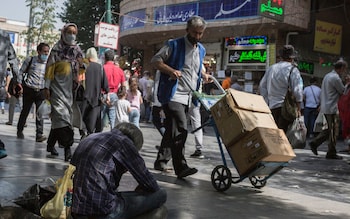 Iran has suffered from years of sanctions that have led to an outflow of investment and the devastation of its middle class. Photo: Sam Tarling
Iran has suffered from years of sanctions that have led to an outflow of investment and the devastation of its middle class. Photo: Sam Tarling
But any economic policy was just lip service, says Ansari. “It just wasn't effective.”
Corruption in Iran has increased since sanctions were imposed, says Mohammad Farzanegan, professor of Middle Eastern economics at the Marburg Center for Institutional Economics. According to the World Bank, it reached a record level in Iran in 2021.
According to Farzanegan, the resulting loss of public confidence in the political machinery has led to increased participation in the underground economy, which reduces the government's ability to cover budget deficits by increasing the tax base.
Iran also appears unable to do This. benefit from increased oil exports to China.
UN Comtrade data shows Iran's imports of capital goods, such as equipment needed for industry, fell 60% between 2011 and 2022 to less than $8 billion. . Iran is trying to fill this gap by increasing imports from China, but this is far from enough.
In fact, it appears to have a trade surplus with China, even as producers struggle supplies of raw materials.
“Iran needs more goods from China. For some reason he's not buying them, and that suggests there's a discrepancy in what he can pay for,” says Batmanghelidj. Iran may be receiving money into accounts in the UAE and Malaysia that Iran cannot move freely, he says. In any case, the system is not working properly.
Iran cannot afford war
Although Iran is the key aggressor in the conflict in the Middle East, it is trying hard to avoid a full-scale war because it cannot afford it.
“Even though the situation has improved, they don't have the financial capacity to go to war, and the consequences could further undermine the economy,” says James Swanston, a Middle East specialist at Capital Economics.
“I think that they are held back by economic weakness at home. They are not interested in escalation, they do not want war. They know that they can't actually win the war, and they know that the war will have devastating consequences for the economy that they don't even know about,” Ansari says.
As far as experts are concerned, Iran's missile attack was designed so as not to harm Israel, since Iran cannot afford to further escalate the conflict.
“I think it was an extremely performative thing. They gave advance warning so they could be intercepted, but could still be seen to be responding to an Israeli attack on its consulate,” Mabon says.
Likewise, Iranian state media were quick to downplay the significance of Friday's Israeli strikes. Analysts say the state wants to avoid any suggestion that further retaliation is necessary.
In Macair's view, Iran's ultimate goal is not war, but turbulence.
“I think Iran has there is a long-term perspective.
The goal is to undermine the situation in the Middle East, especially in a way that will harm Israel and make life in the region more uncomfortable and more costly for the United States,” he says.
“Iran is an anti-status power -quo. His interest is in destabilization. By expanding the capabilities of his resistance front to attack Israel, the United States and allies, he can show that without Iran's participation, other people will not have a comfortable life.
Hamas's attack on Israel in October damaged prospects for Saudi Arabia's rapprochement with Israel.
“These things play to Iran's advantage. I think they want to keep the pot simmering, but below a level that would provoke a serious attack on them,” Macair says.
Iran will likely continue to manage any escalation through its proxies, says Nomi Bar. — Yakov, Fellow, International Security Program at Chatham House.
«Iran won't want to engage directly, given that the response will be so strong that they won't be able to defend themselves,» she says.
It doesn't have the defensive capability for any war, and it doesn't have the time to create it.
However, a group of zealous revolutionaries close to the Supreme Leader, known as the Resistance Front, are particularly aggressive and could yet plunge the region into all-out war.
“They are even less connected with reality than their predecessors,” says Ansari.
Logic may not prevail.
Social unrest
Iran's weak economy also poses new threats to the government at home.
“The current administration's Achilles heel is the economy. This is their weakest link. Dissatisfaction with the economy is by far the most important thing in the country,” says Seyed Mohammad Marandi, a professor at the University of Tehran.
Women in Iran began protesting against police actions over wearing the hijab — and are still being harassed. Photo: Getty Images
In late 2022, the country was rocked by mass protests sparked by the Women, Life and Freedom movement, which erupted following the death of Mahsa Amini, a Kurdish woman who died in police custody as part of a government crackdown on women. wearing clothes. hijab.
The protests were about women's rights, but public discontent is closely linked to the economy.
“The fact that women have been disenfranchised has to do with the fact that they have been economically disempowered,” says Batmanghelidj.
Women’s participation in the workforce has been a major casualty of the pandemic. Two-thirds of the million jobs lost in the first year of the pandemic were held by women. School closures and expanded child care responsibilities have cost many jobs. The share of women in the labor force fell from 18% in 2018 to 14% in 2020.
“The main discontent is actually driven by the economy. They know the economy is being mismanaged. Many pressing issues have not been resolved, and they are returning home to spend the night,” Ansari says.
But while Iran’s economic problems may be holding back its military aggression, it appears to be using the conflict to tighten control over its population, while the West is concerned about this.
In recent days, the government has resumed control over the situation in the country. women. “They used the excuse of an attack on Israel to again very harshly ban women from wearing the hijab, and in fact now the people doing it are wearing body armor. They are well armed. Obviously, we are not paying attention to this, so they are taking advantage of this opportunity,” Ansari says.
The crackdown will be more brutal this time, he said. “They drag women and beat them. This is so wild and vicious that I highly doubt it will not lead to some kind of protests.»
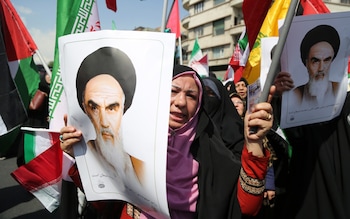 People marched in Iran to celebrate the April 13 attack on Israel. Photo: Fatemeh Bahrami/Anadolu
People marched in Iran to celebrate the April 13 attack on Israel. Photo: Fatemeh Bahrami/Anadolu
At the same time, however, the population's low opinion of their rulers has not prevented general approval of the regime's response to Israel.< /p>
“Many of my students oppose the current administration, but then almost everyone, at least as far as I could see, supported Iranian missile and drone strikes on Israel. You can have both at the same time,” says Marandi.
“They were expected to strike, and if they didn't, people would be angry. From what I saw, it was universal.»
The regime lacks legitimacy, but Iran is still nationalist, Macair says.
«People are proud of their country,» — says Macaire. Many are truly loyal to Qasem Soleimani, the powerful IRGC commander killed by the US in 2020, he adds.
But even Iran's proxy war tactics are unpopular.
“People are loyal to their country, but they don’t understand why the regime puts all its money and effort into fighting wars throughout the region using proxy forces,” says Macair.
Ansari estimates that Iran sends Hamas every year about 200 million dollars and Hezbollah about 1 billion dollars. During the Mahsa Amini protests, a popular chant was: “No Gaza, no Lebanon, my life is for Iran.”
The West has no leverage left
What's next in the Middle East? There is a catch-22. While sanctions have hurt the Iranian economy, they also mean that the West has little left with which to threaten Iran.
“One of the problems with maximum pressure policies is that once under maximum pressure, it is difficult to move on. I don’t think there is a simple lever that could significantly increase the pressure on Iran,” says Macaire.
One option could be to impose secondary sanctions on countries trading with Iran, namely China, which could in turn put pressure on Iran. But it will be geopolitically explosive, warns Batmanghelidj. This would essentially be an attack on China's energy security and could provoke serious retaliation.
And China is unlikely to play ball.
“China is not even remotely interested in dig too deep. to Iran. They see it as a kind of useful stick to beat Americans with,” Ansari says.
America’s fatal flaw is that its political system is incapable of offering incentives without causing it to considered weak within the country. , says Batmanghelidj.
“We really need some carrots. And the problem is that they were just sticks,” he says.
Economic pressure and rising inflation may be enough to prevent a full-scale war.
But — despite the crippled regime may be — it shows no signs of wanting to reset relations with the West.

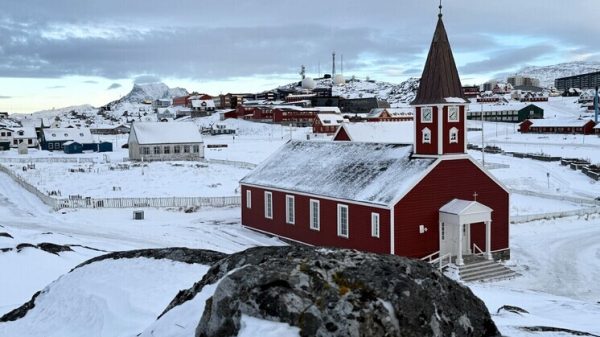
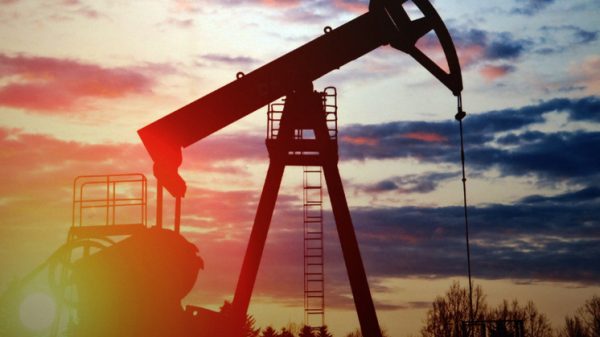

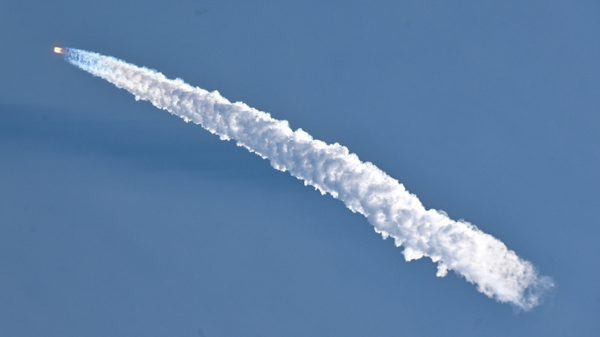
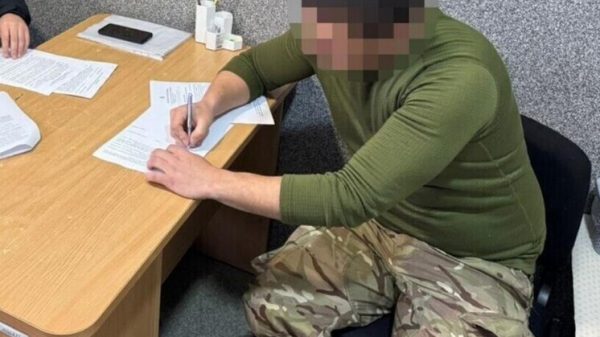

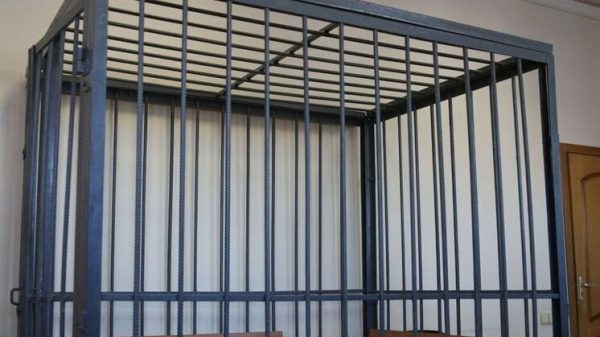
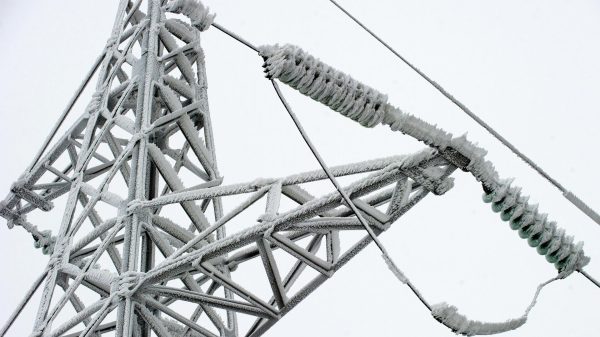
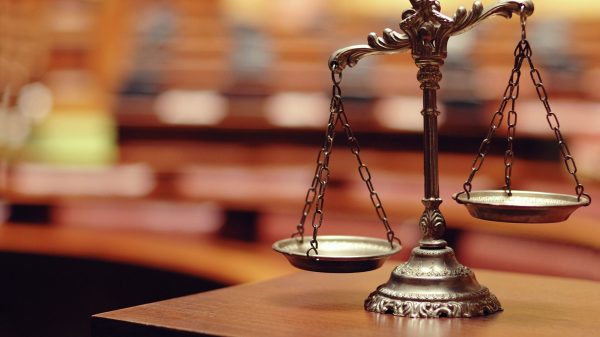
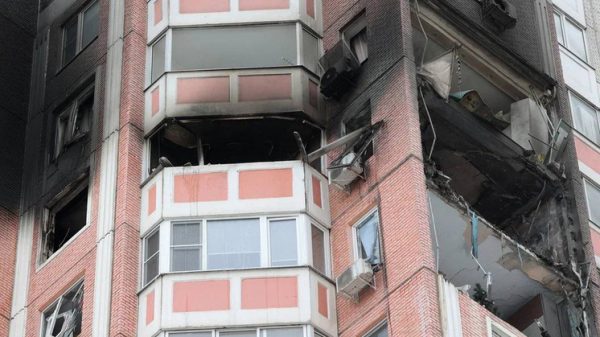
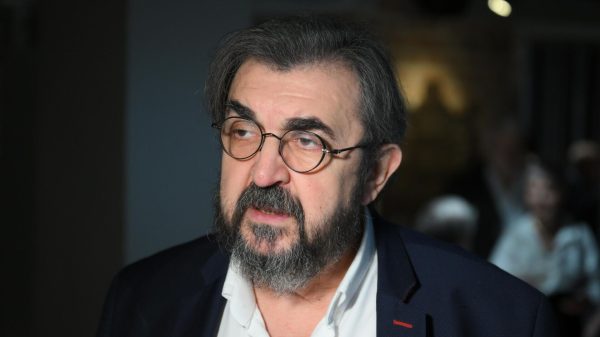
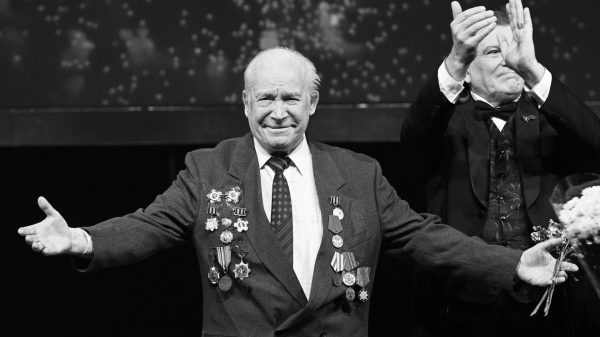
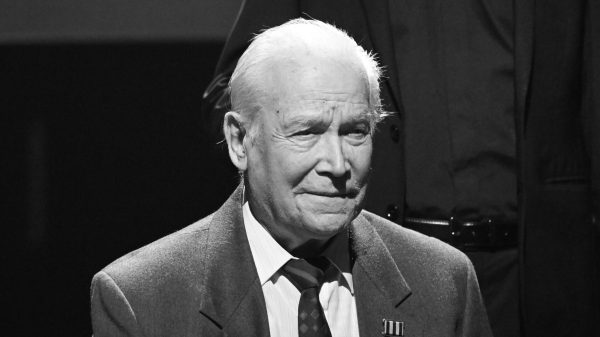
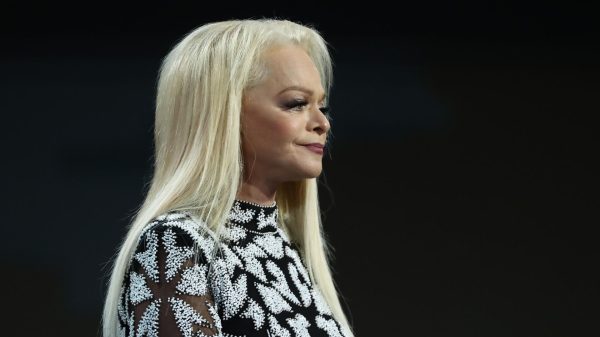
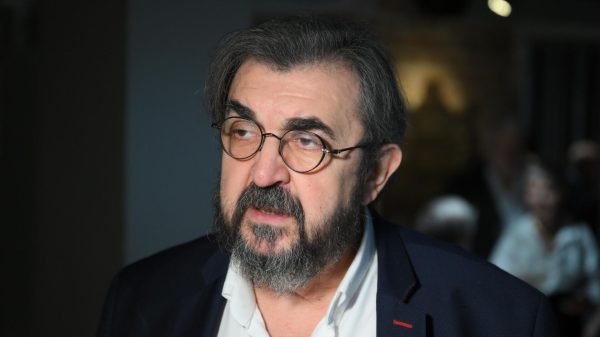
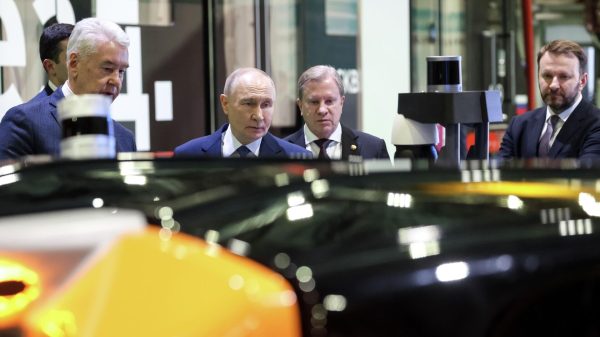
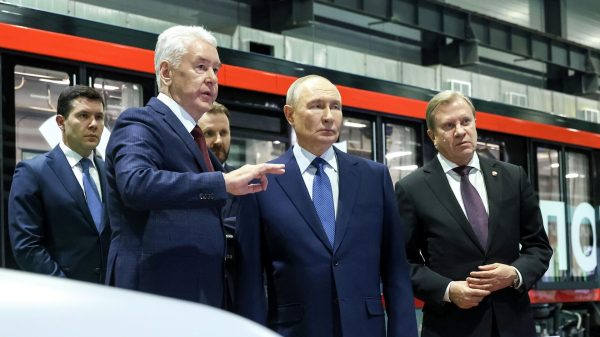
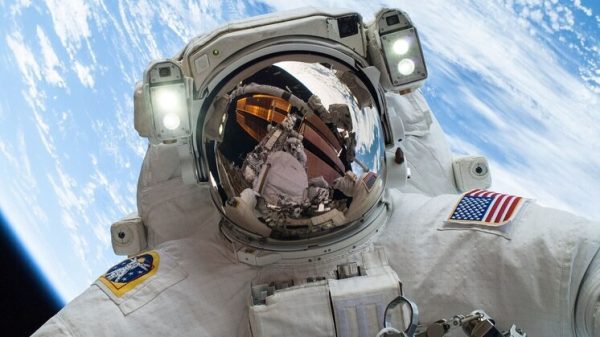
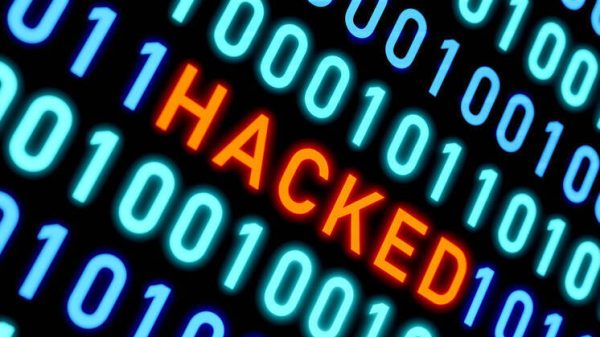







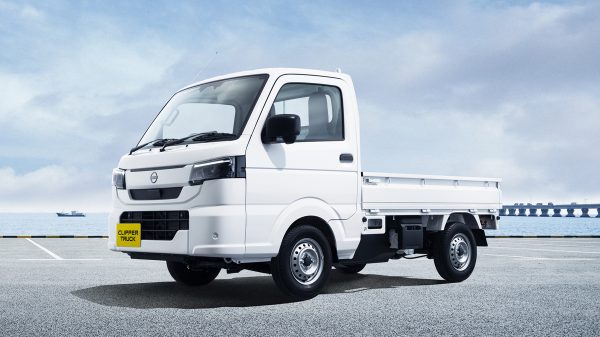





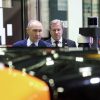
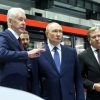
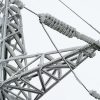













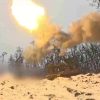






Свежие комментарии